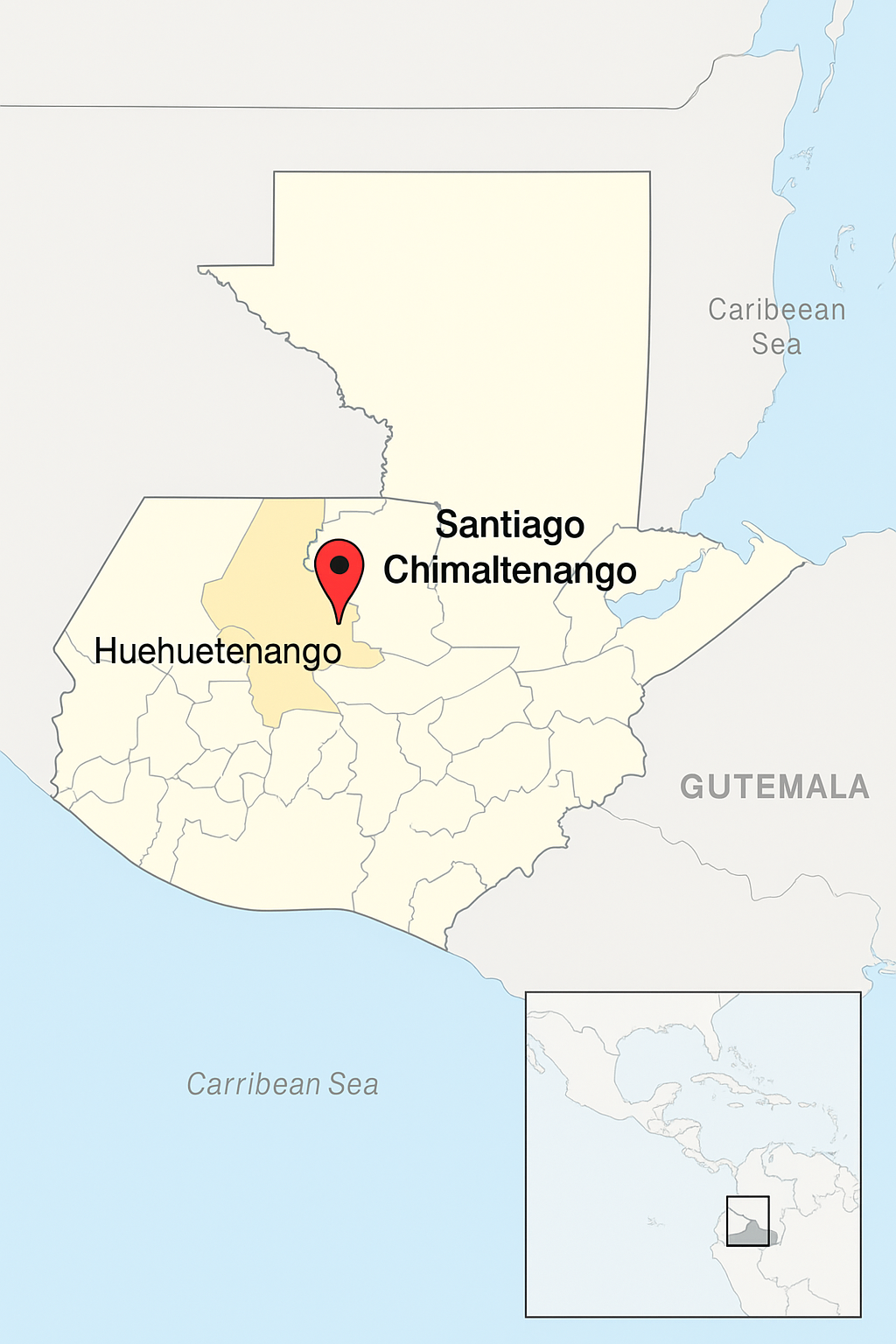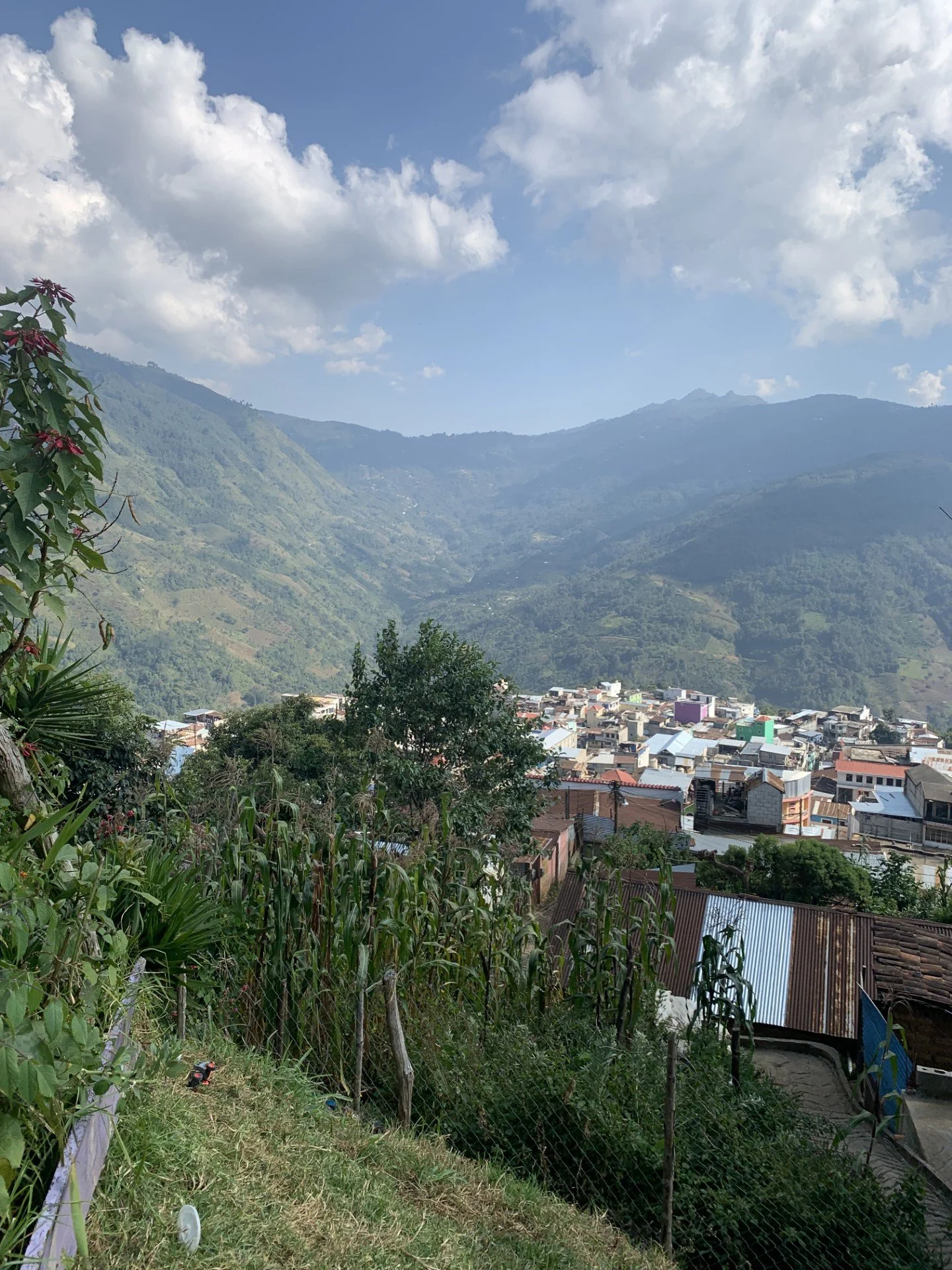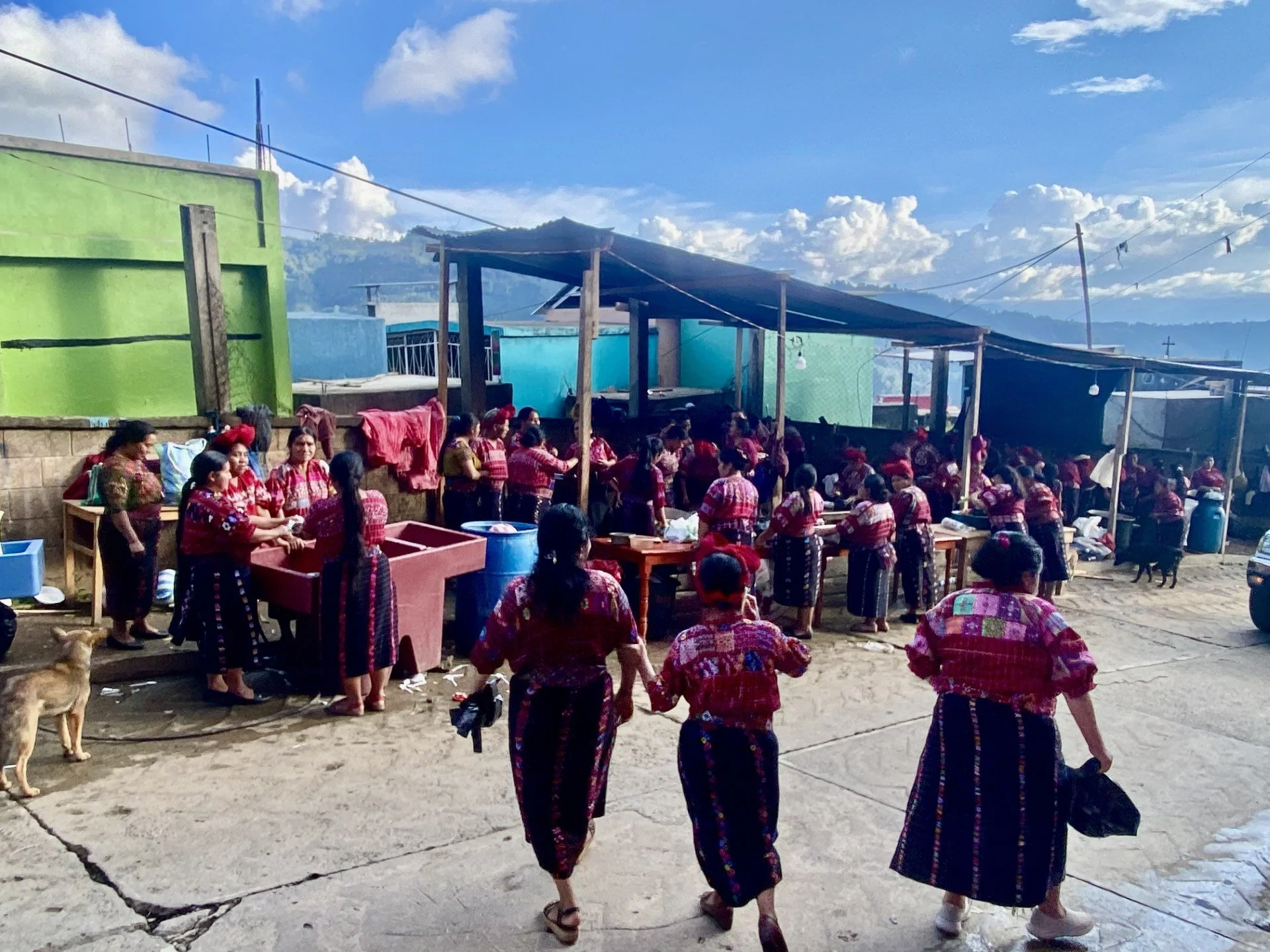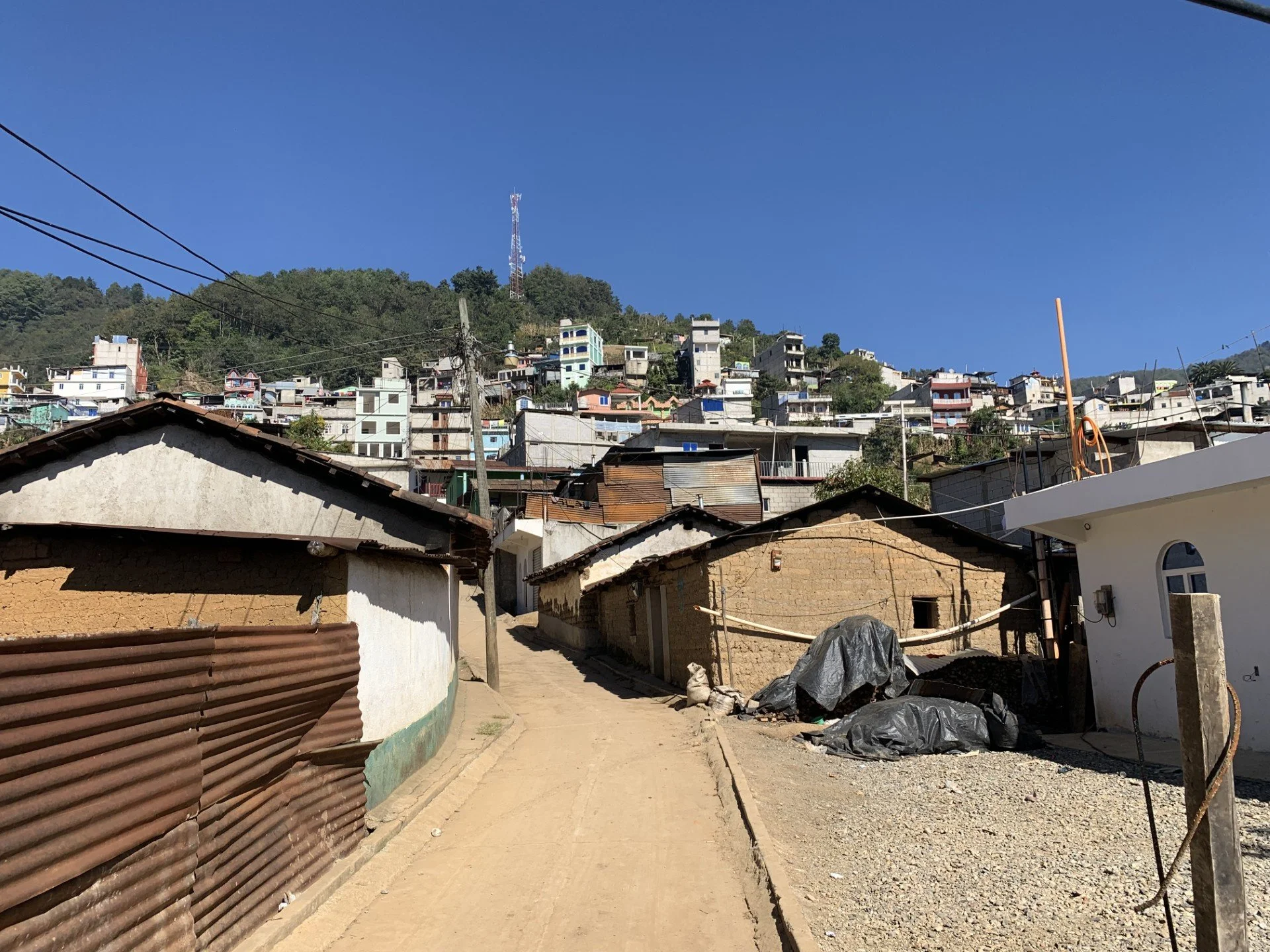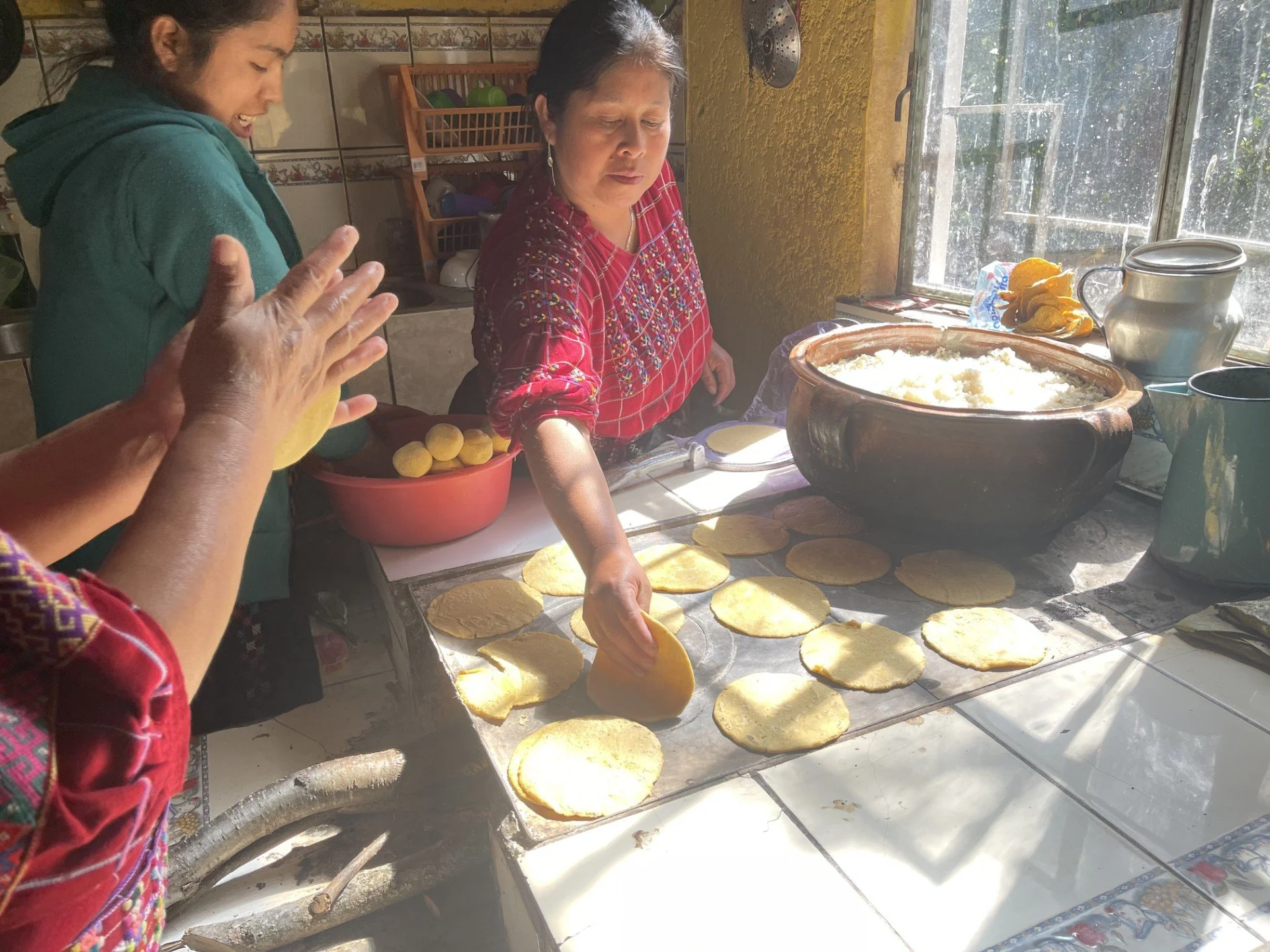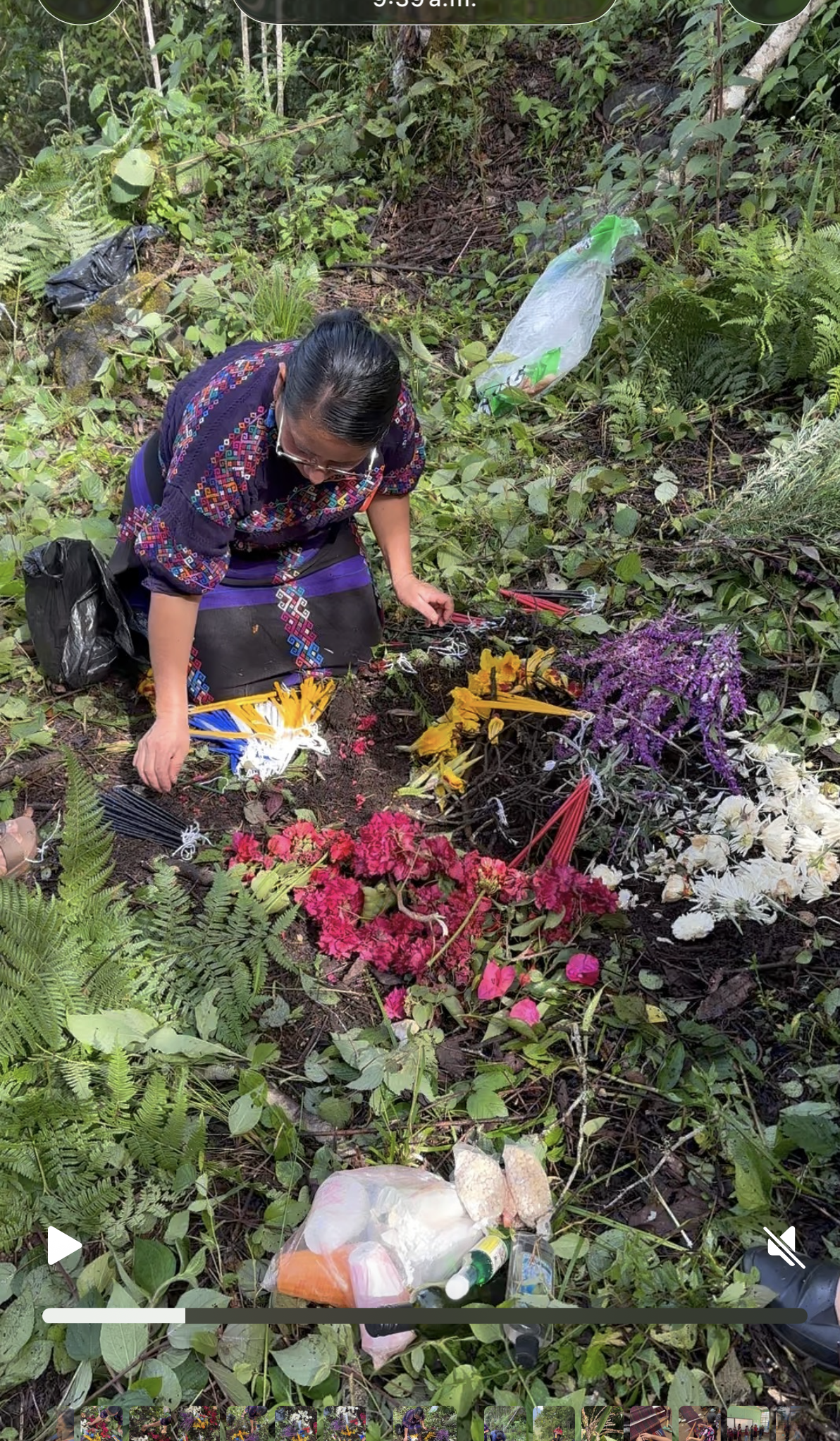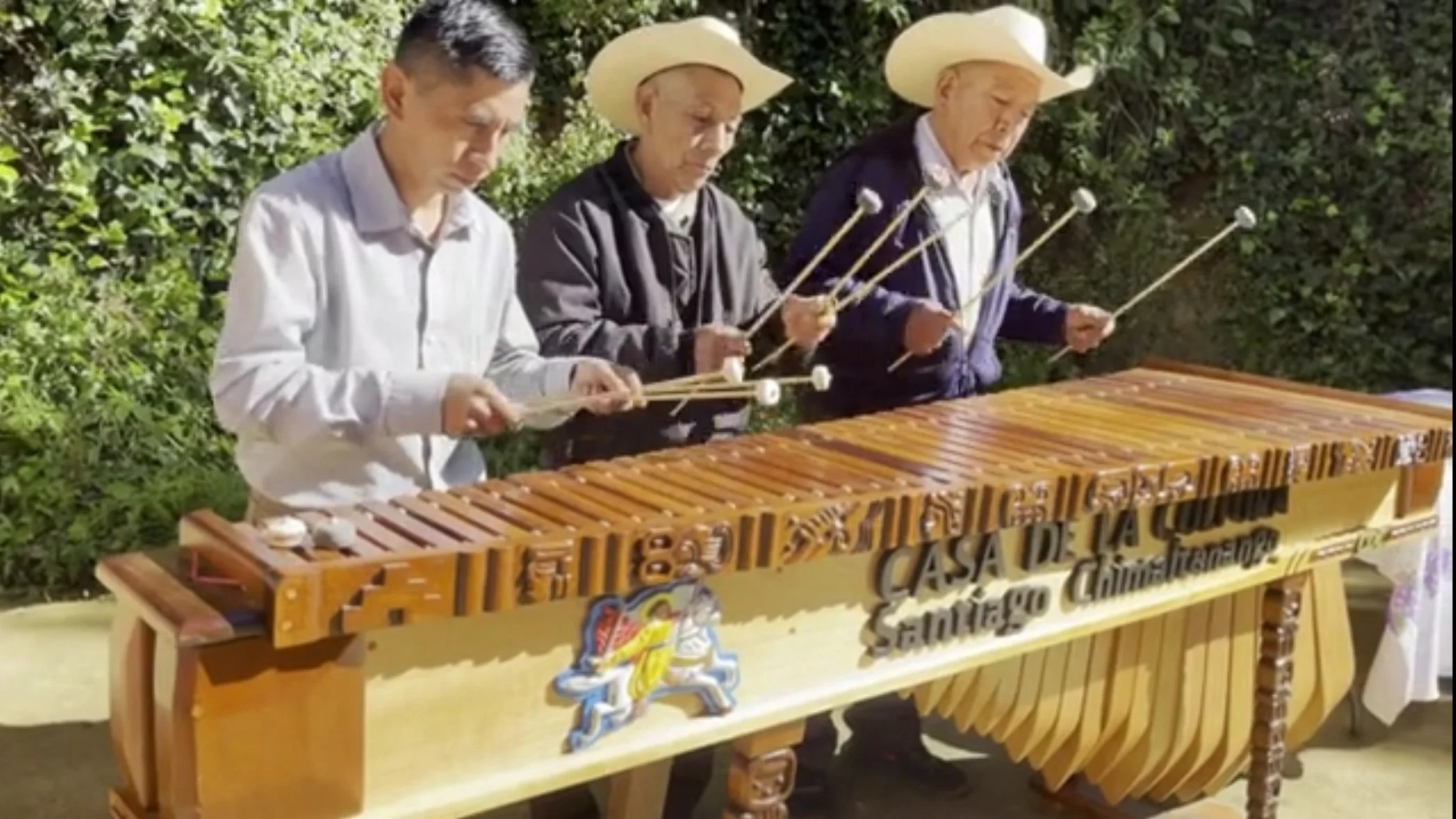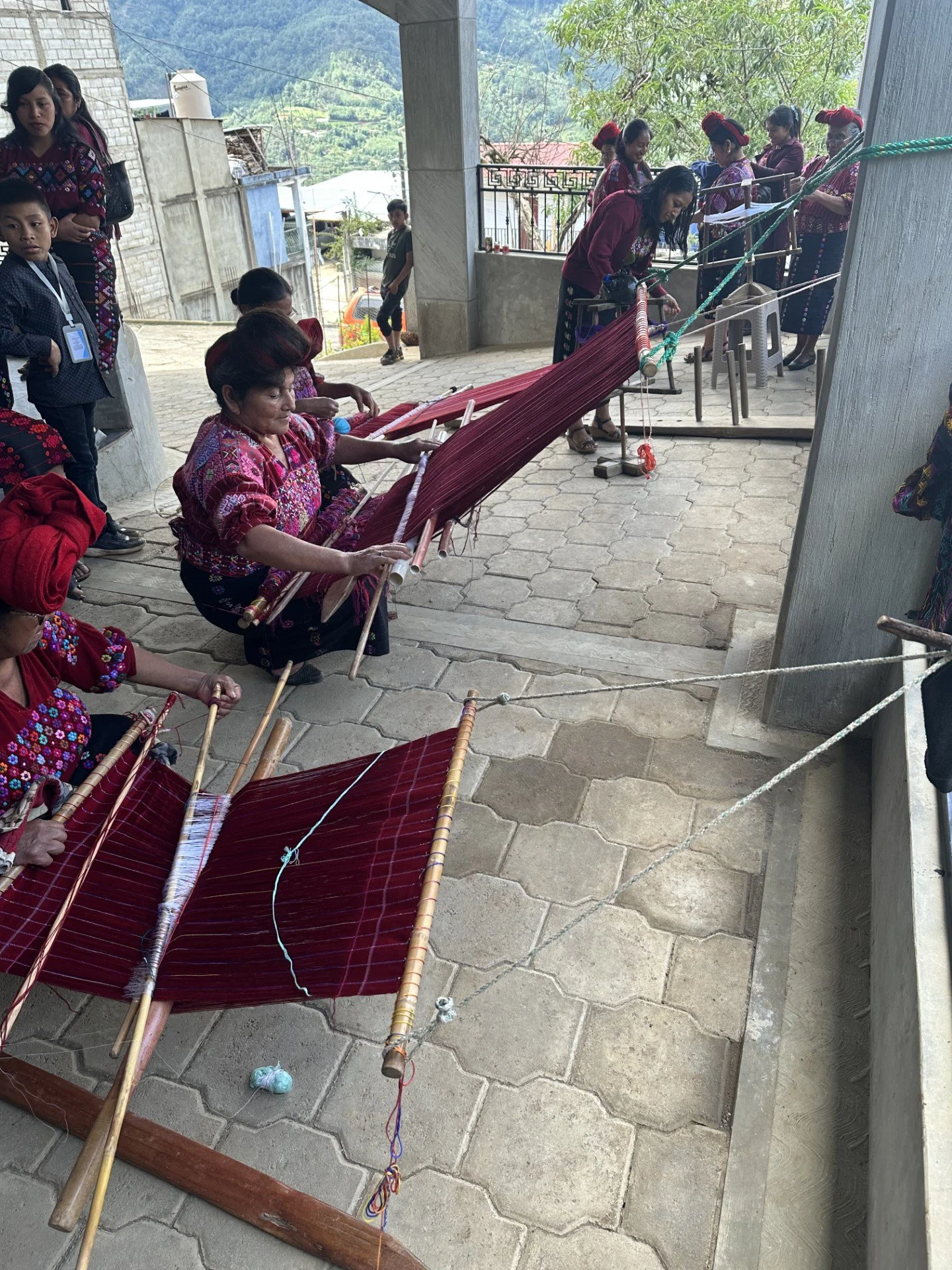
Santiago Chimaltenango is a Mam-Maya highland town in Huehuetenango, Guatemala, nestled high in the Cuchumatanes mountains around 7000 feet.
Life here moves with the rhythm of the hills: small farms, family markets, marimba music, and strong communal ties.
Visitors find hand-woven textiles, hearty stews, and fresh tortillas. Many local families have relatives abroad, yet the town keeps its roots: shared work, shared aspirations, and shared celebration.
Archeological evidence suggests that Santiago Chimaltenango has deep pre-colonial roots, with settlements predating the Spanish conquest and later incorporation into colonial campaigns centered on the Mam fortress of Zaculeu. Known by its colonial name “Santiago Chimaltenango” (“place of shields/walled place”), it was briefly dissolved as a municipality in 1935 and then restored in 1948 after local petitions. Today the town is overwhelmingly Indigenous Mam, with Mam and Spanish widely spoken, strong migration ties to the United States, and a patronal festival for St. James celebrated annually.

